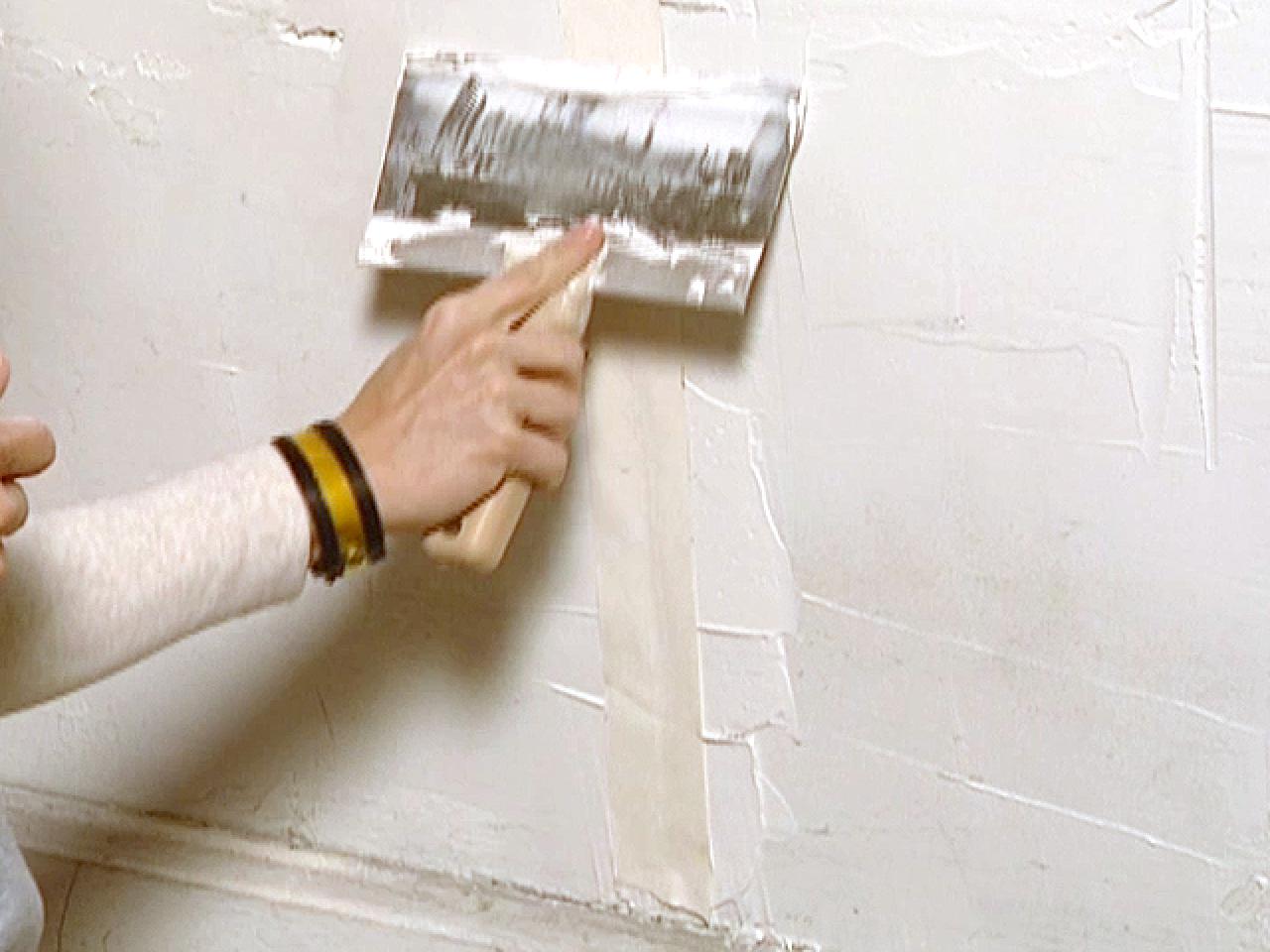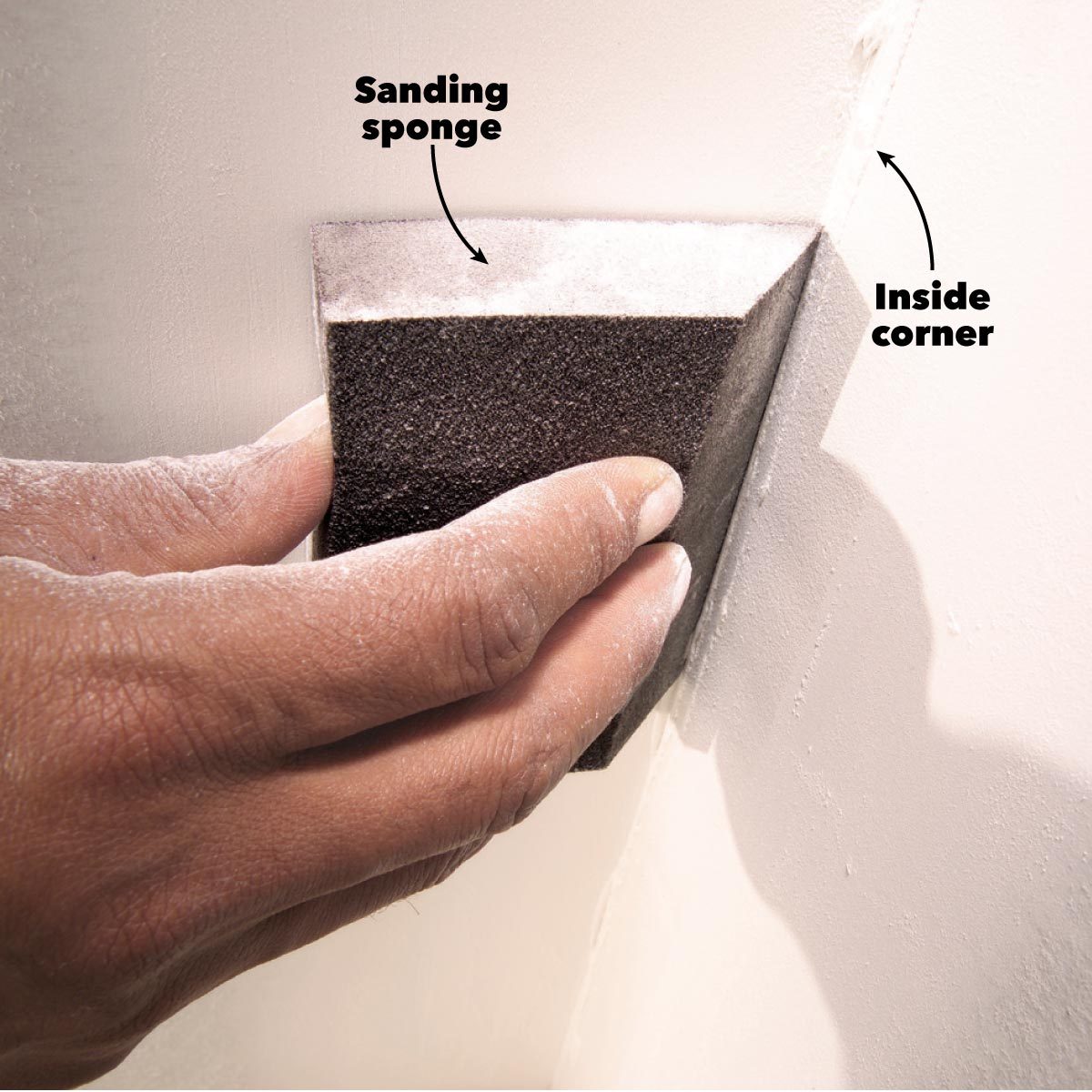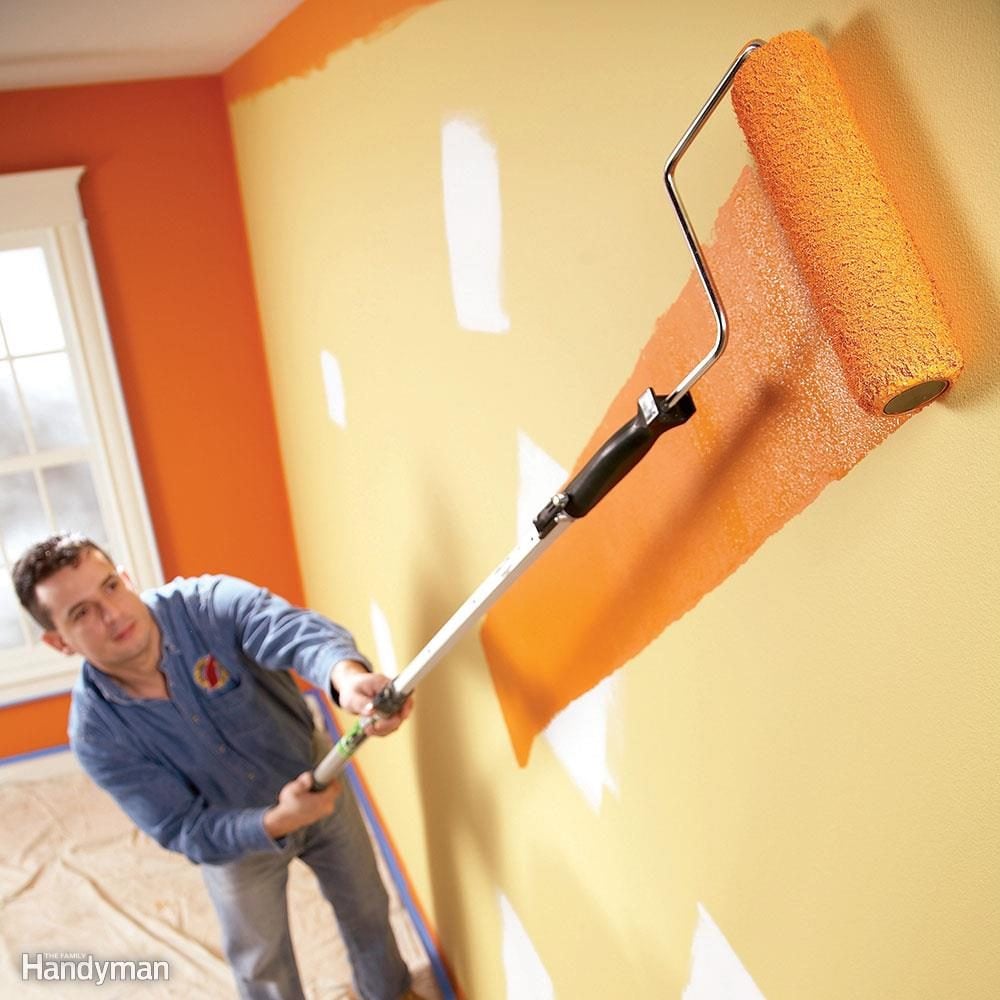Sanding Plaster Walls Before Painting
Prime the walls then sand again.
Sanding plaster walls before painting. Sanding after priming is a critical step that most beginners skip. Wait for the spackling or putty to dry according to the manufacturers instructions then sand with a medium 120 grit sandpaper. Apply medium pressure and take care that the head doesnt flop and gouge the. Remove the sanding dust with a vacuum or clean cloth.
Sand the patch smooth with fine grit sandpaper on a sanding block. Then apply joint compound to all seams nail holes bumps or other damaged spots. Sweep the sander side to side as you work your way from the top down. But sanding before painting removes paper fuzz and lumps that will show through your paint job.
In this video were shown how to fill and sand a wall using the psm 108 li to get a smooth effect ready for painting and. If the paper is impossible to remove youll have to intensively prepare the wall before painting. After the walls are thoroughly dry sand smooth. Use a caulking gun to apply a bead of latex painters caulk to small cracks.
Sanding walls before painting for the best results use a good quality sandpaper i like 3ms pro grade advanced sandpaper available here and a sanding block this one is the best ive found. However if the walls are smooth to the touch and appear free from any such imperfections then you should be fine to apply your mist coat. This is also the time to take care of other imperfections by filling them with joint compound. Using a pole sander fitted with 120 grit paper sand the walls make sure to wear a dust mask.
Allow each layer to dry then sand lightly before applying the next coat. Always sand and paint the ceiling completely following these same steps before addressing the walls. Sanding down the walls with a medium grade sandpaper can ensure the surface is free from any imperfections such as splashed plaster and gritdust and ensure a good surface for the paint to adhere to.
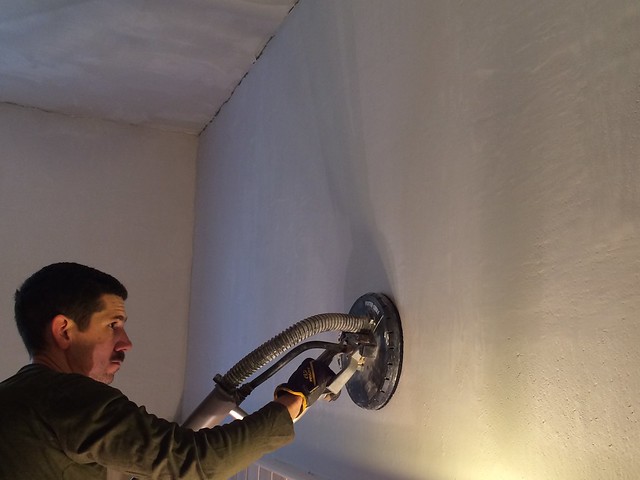
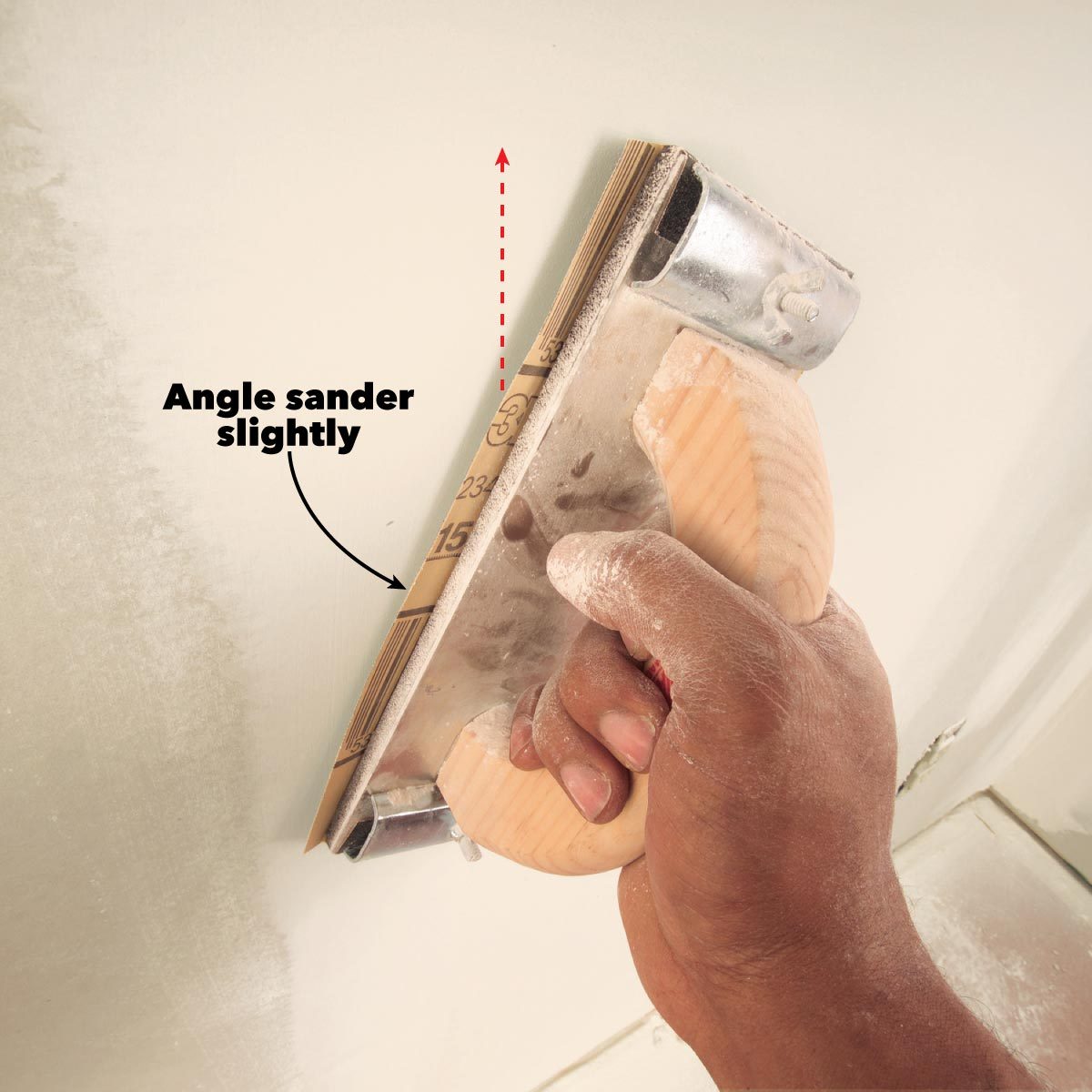

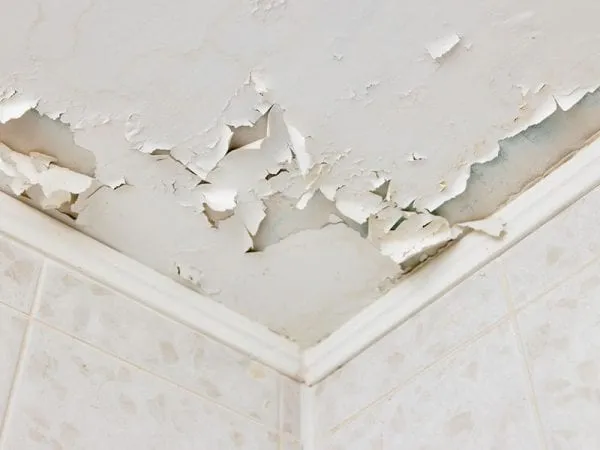

/cdn.vox-cdn.com/uploads/chorus_asset/file/19497375/howto_paintroom_05.jpg)

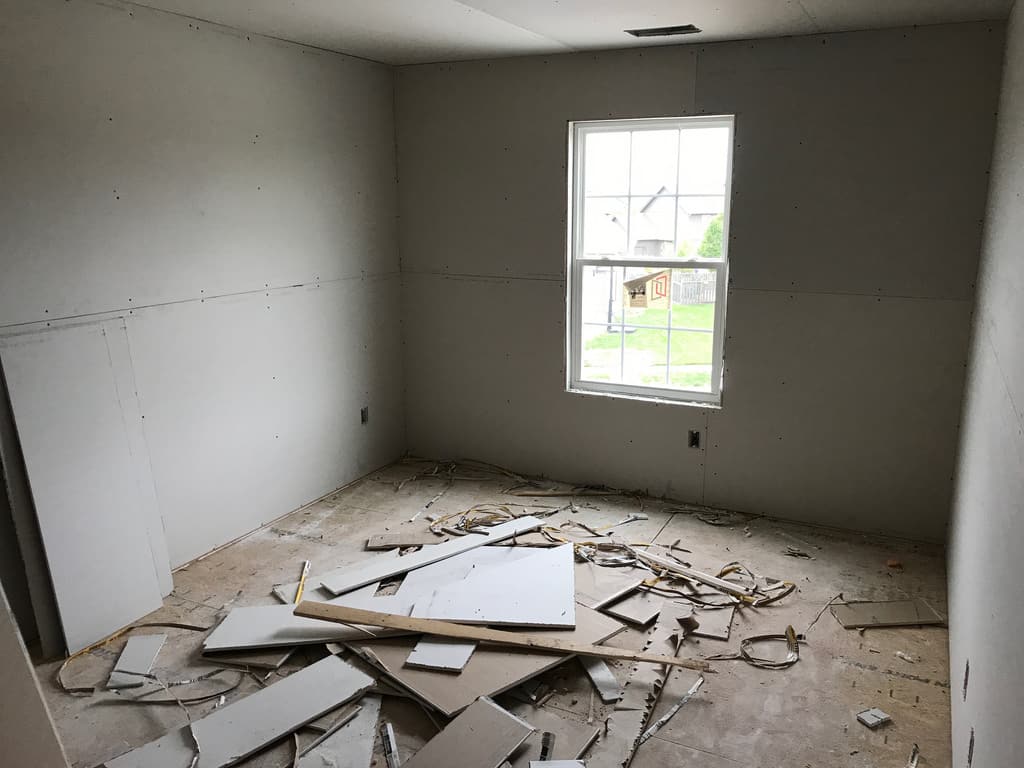

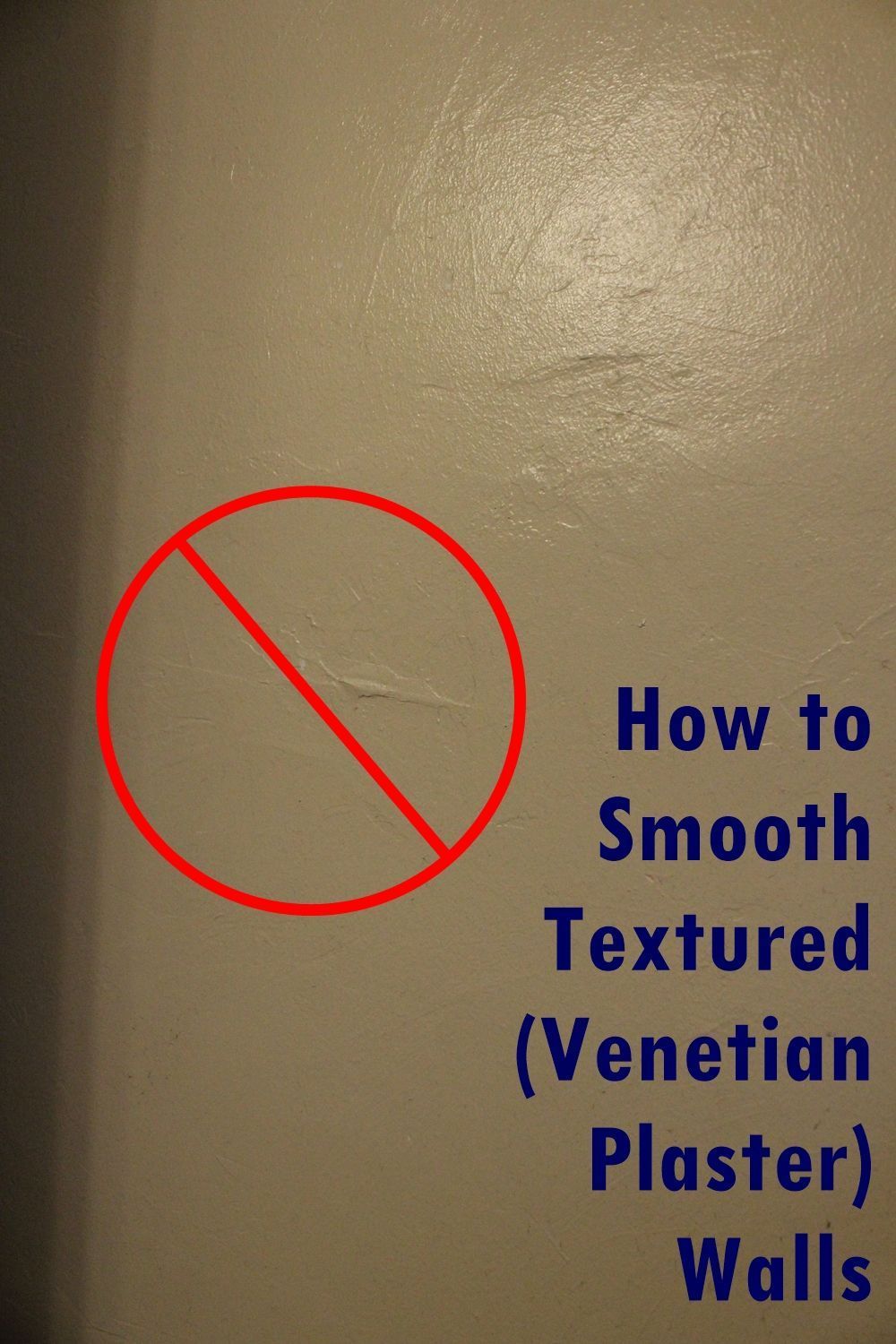
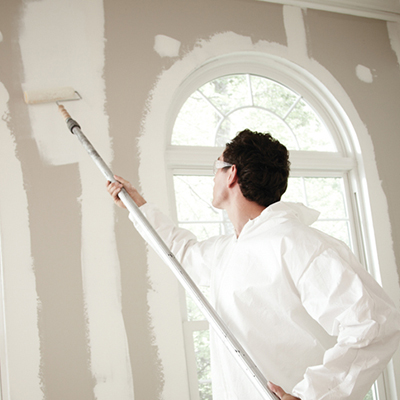



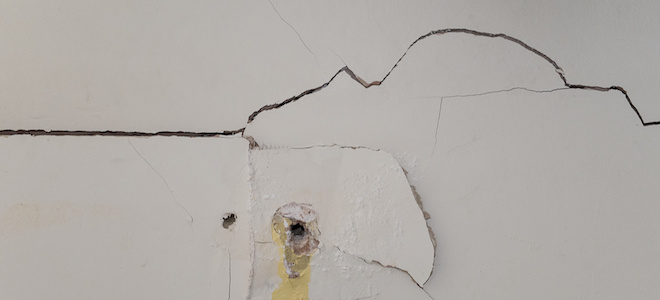
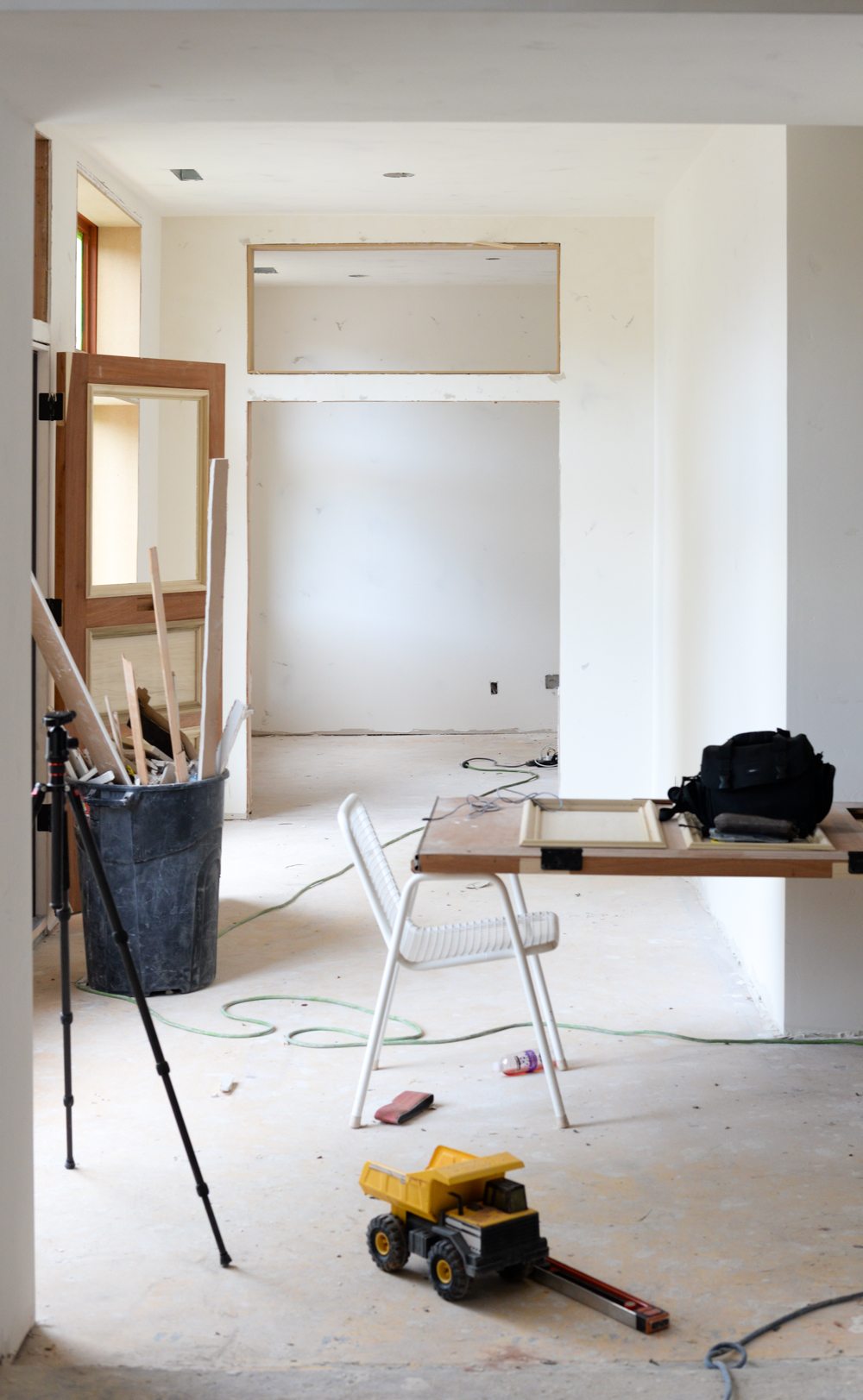
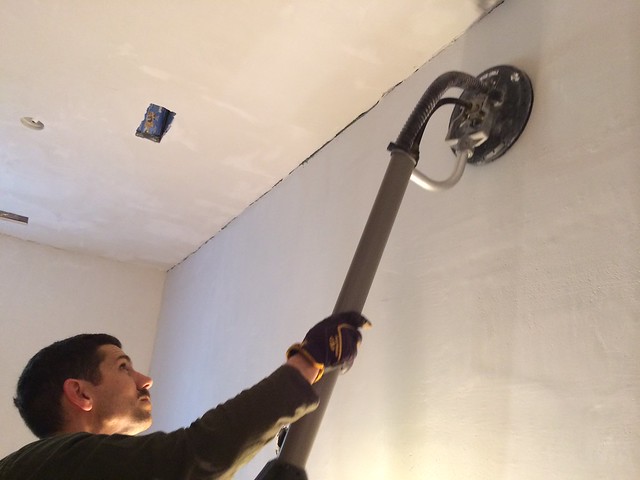
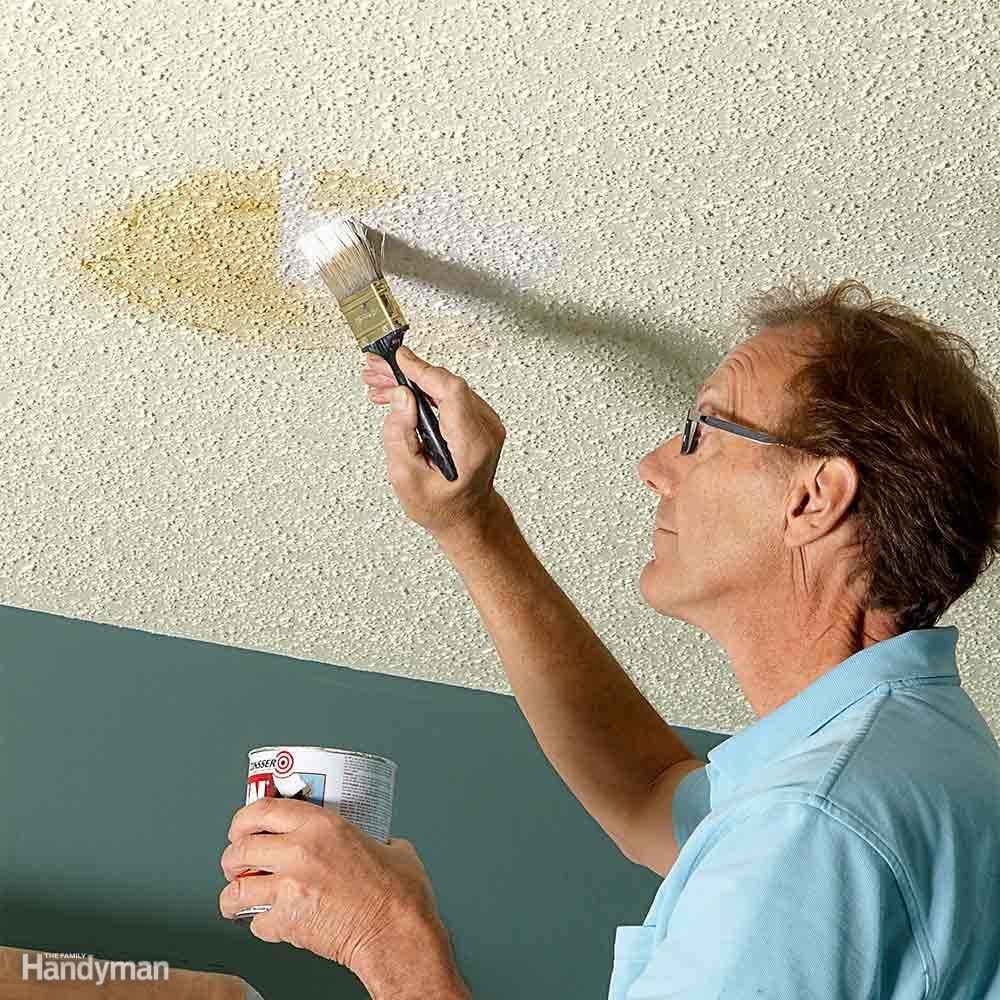






/FloorSandingAfterPainting-5a8f08dfae9ab80037d9d878.jpg)
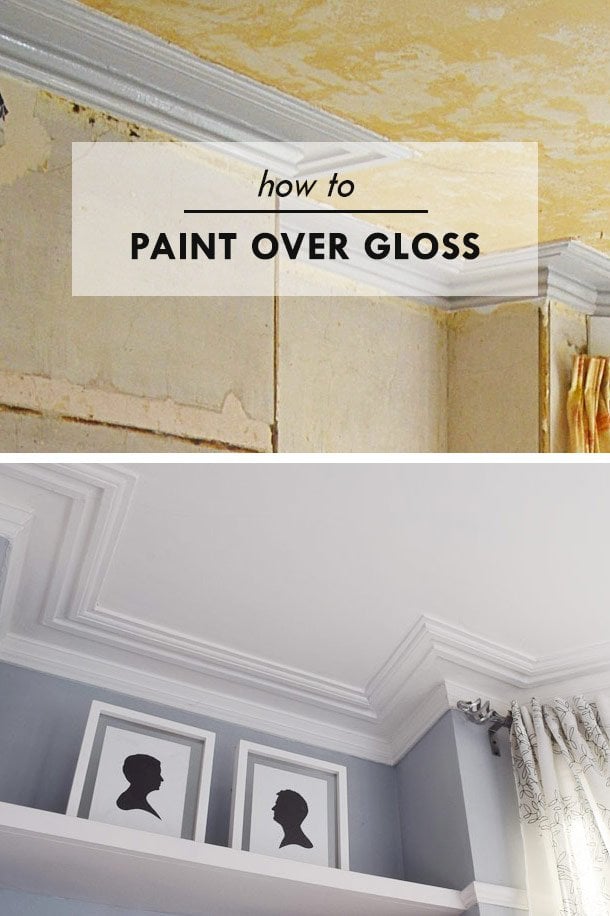
/cdn.vox-cdn.com/uploads/chorus_image/image/65892239/2007_11_howto_paintroom_09.0.jpg)
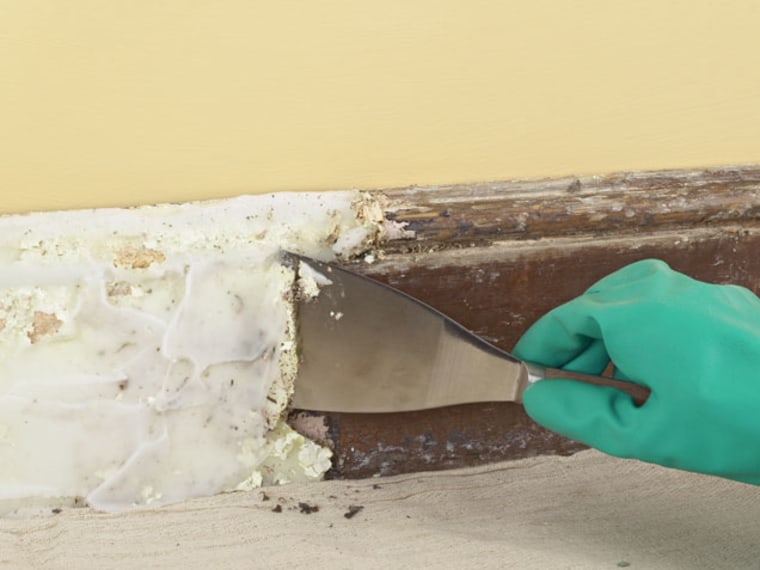



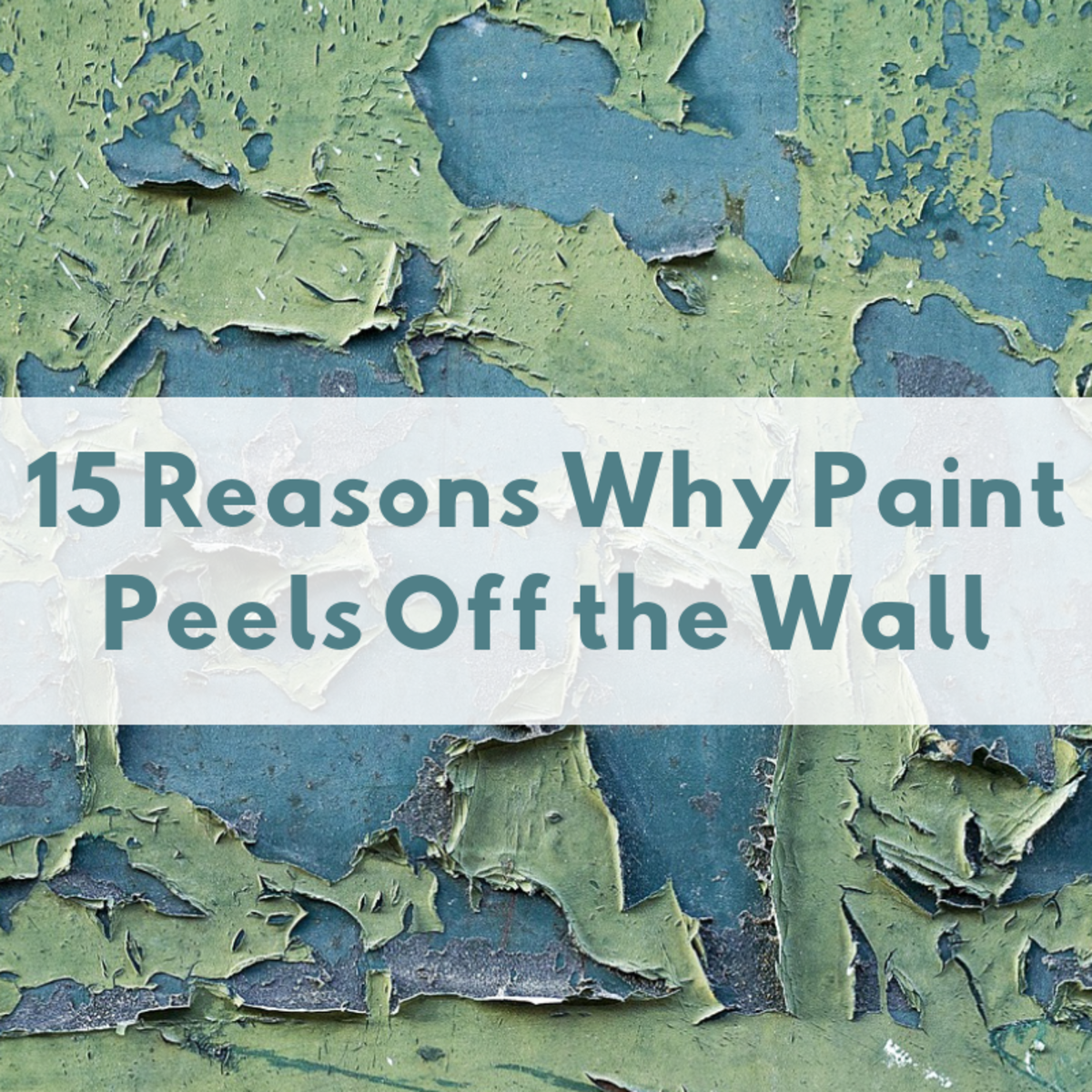

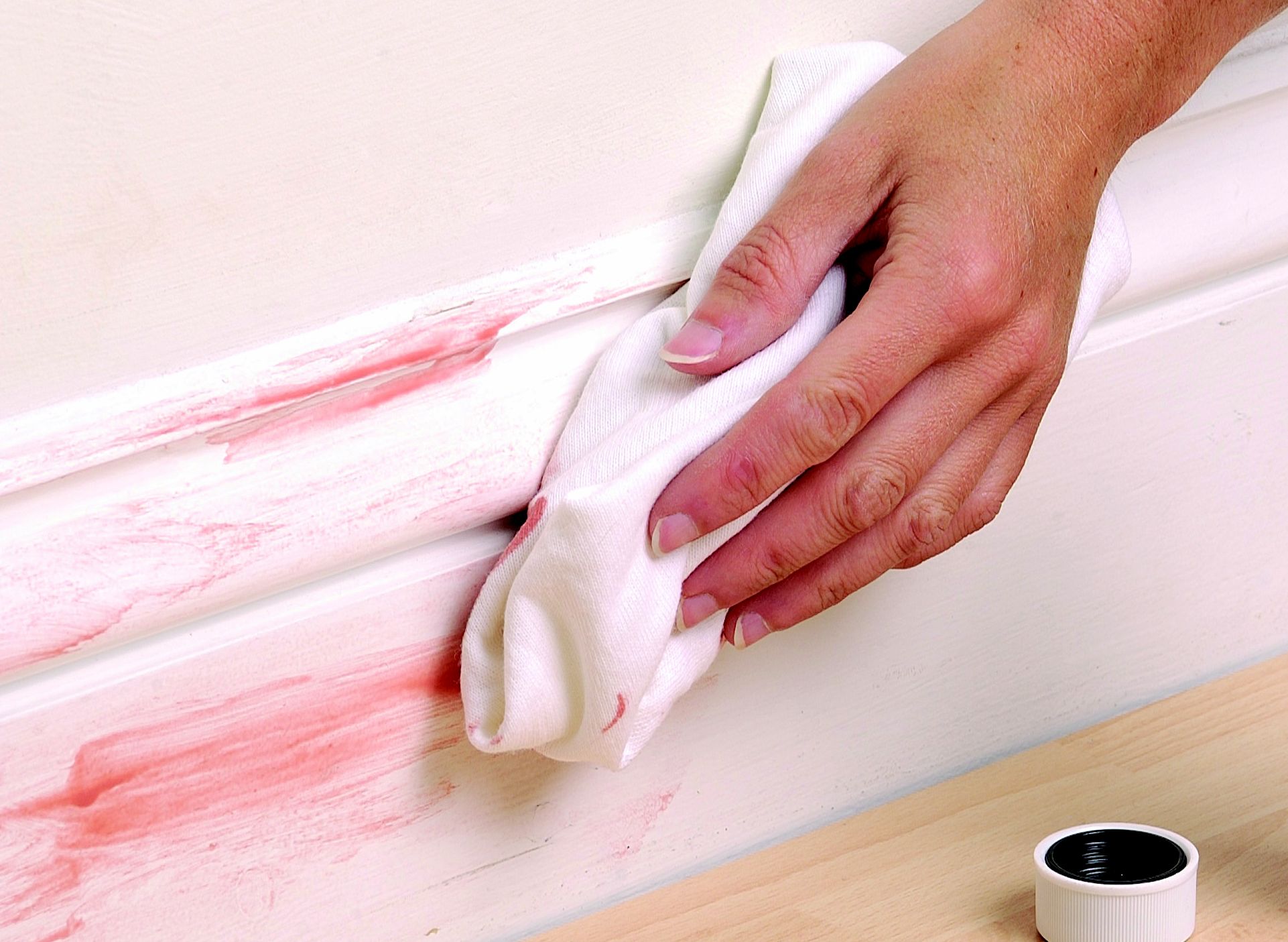
/sanding-fresh-sheetrock-170616331-5bd9cd1ec9e77c00514ca0bd.jpg)
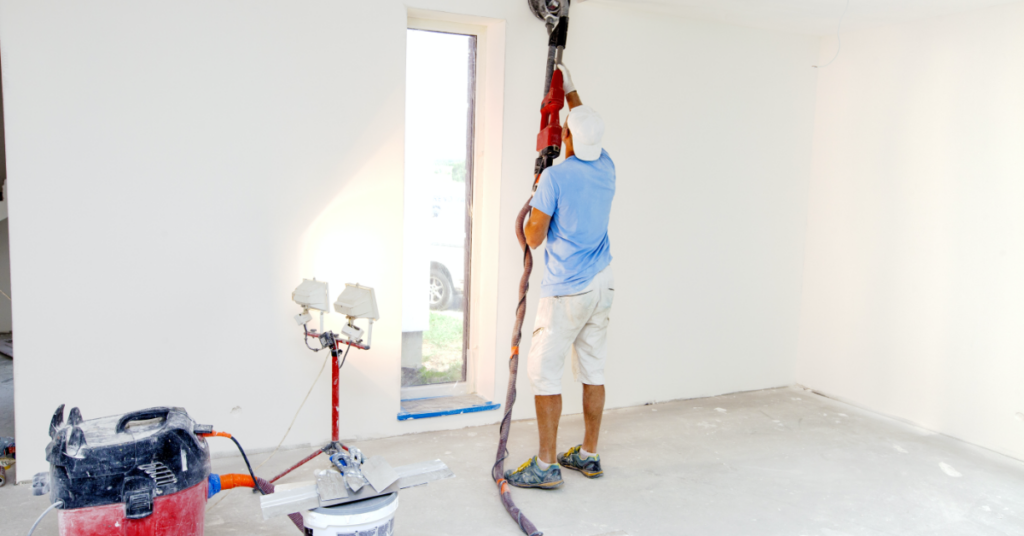
/cdn.vox-cdn.com/uploads/chorus_asset/file/19497020/paint_wall_illo.jpg)
/cdn.vox-cdn.com/uploads/chorus_asset/file/19497249/howto_paintroom_07.jpg)
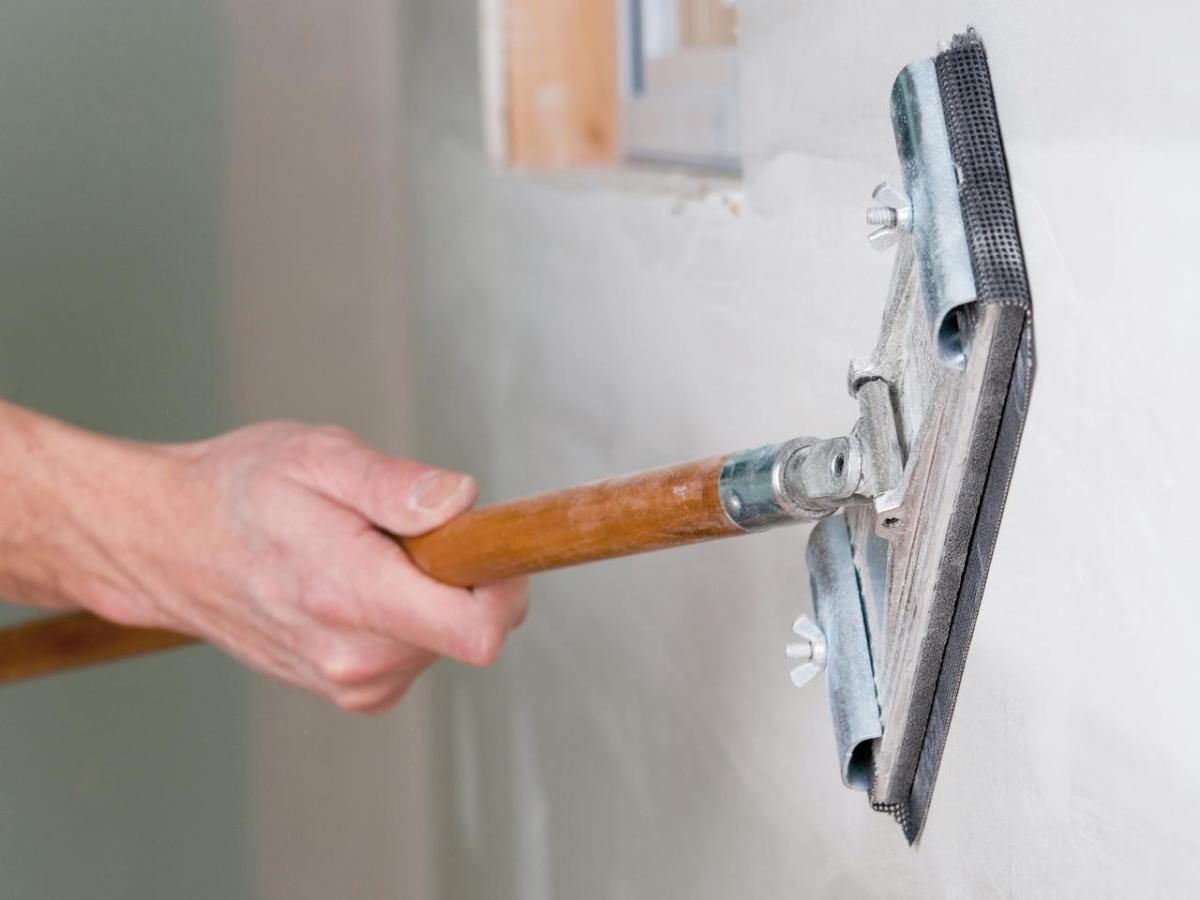
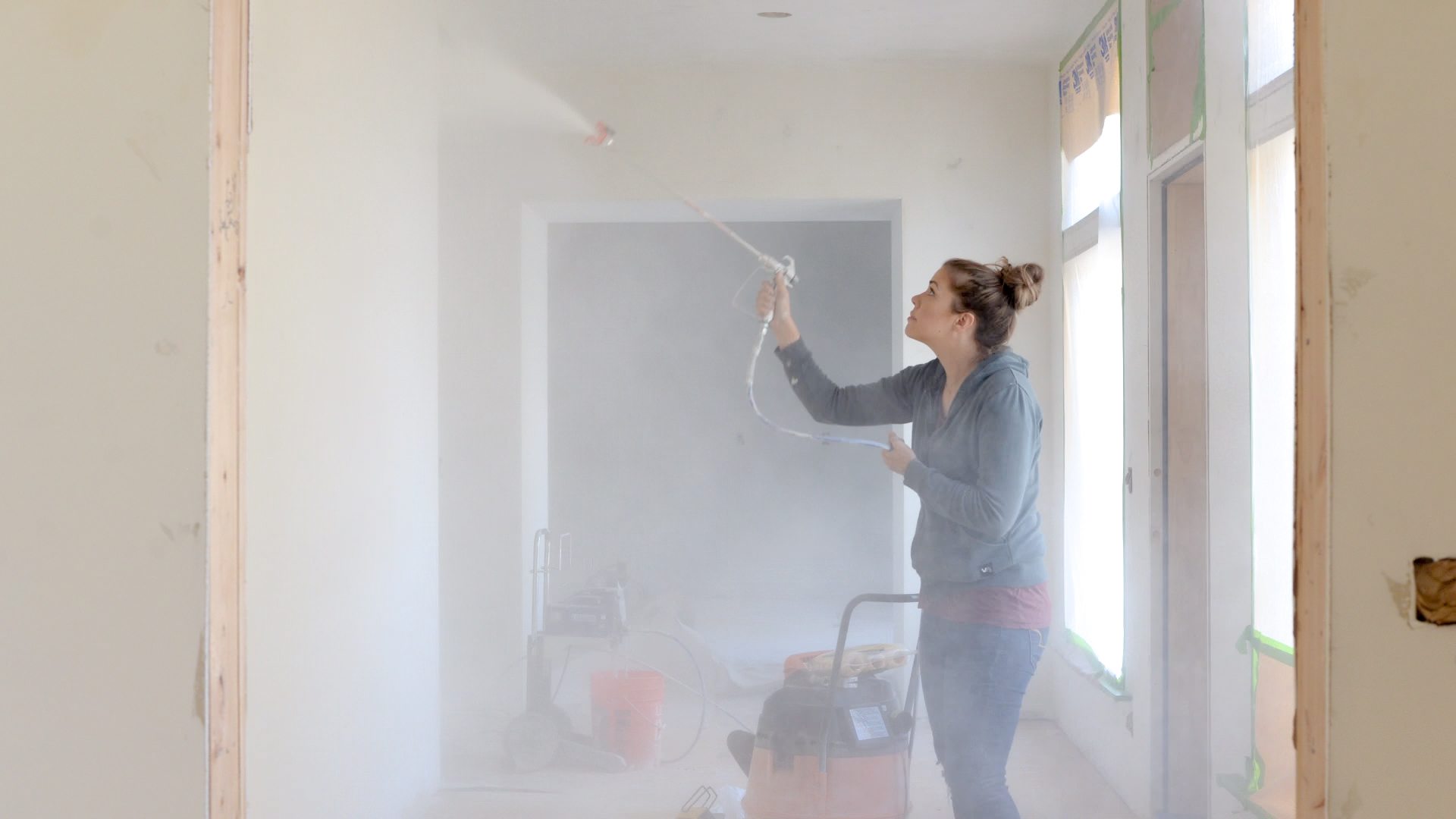



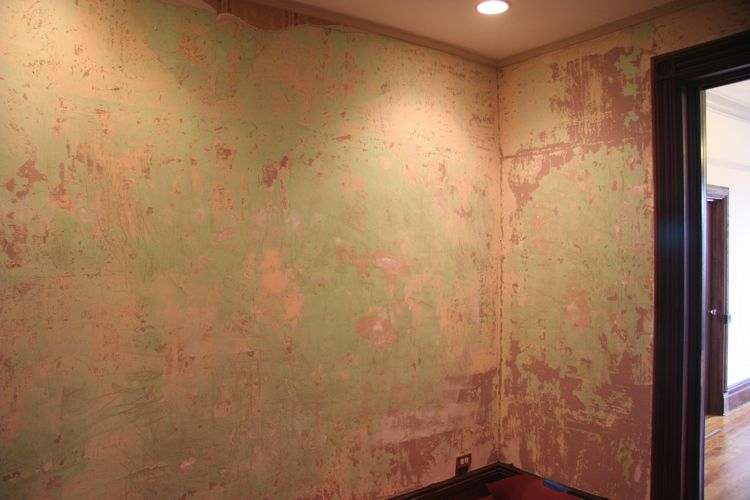


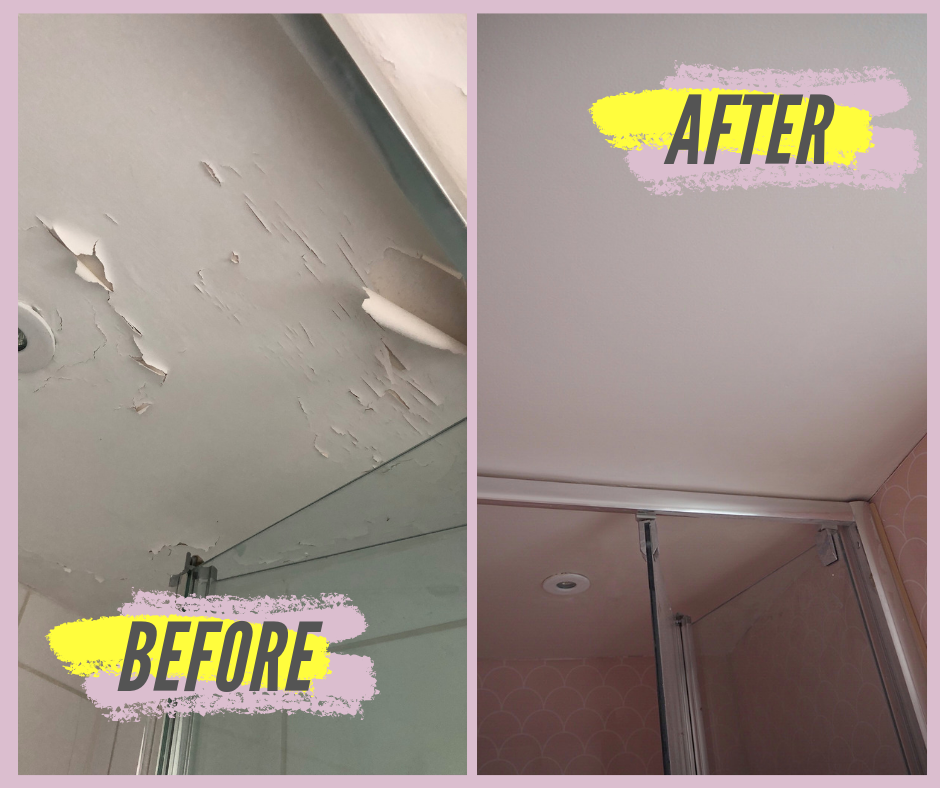

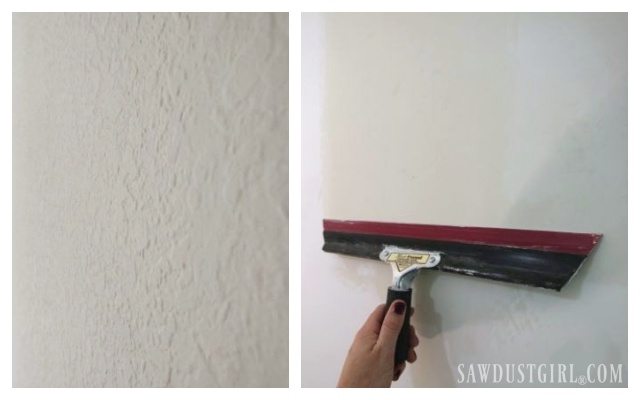



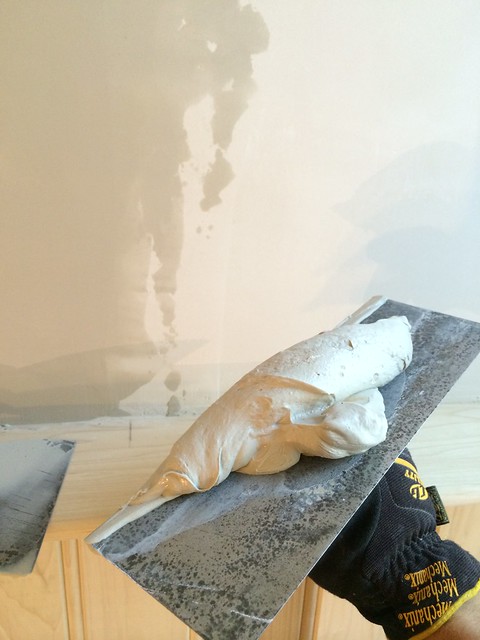
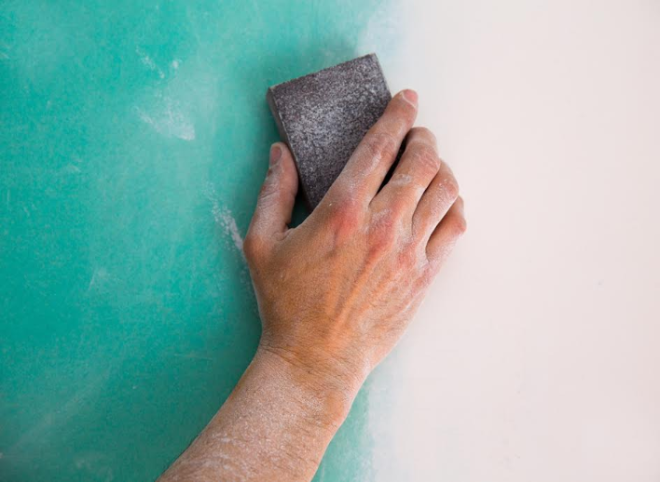
/mixed-race-couple-painting-walls-of-new-home-543194667-5a3297beeb4d52003753f654.jpg)


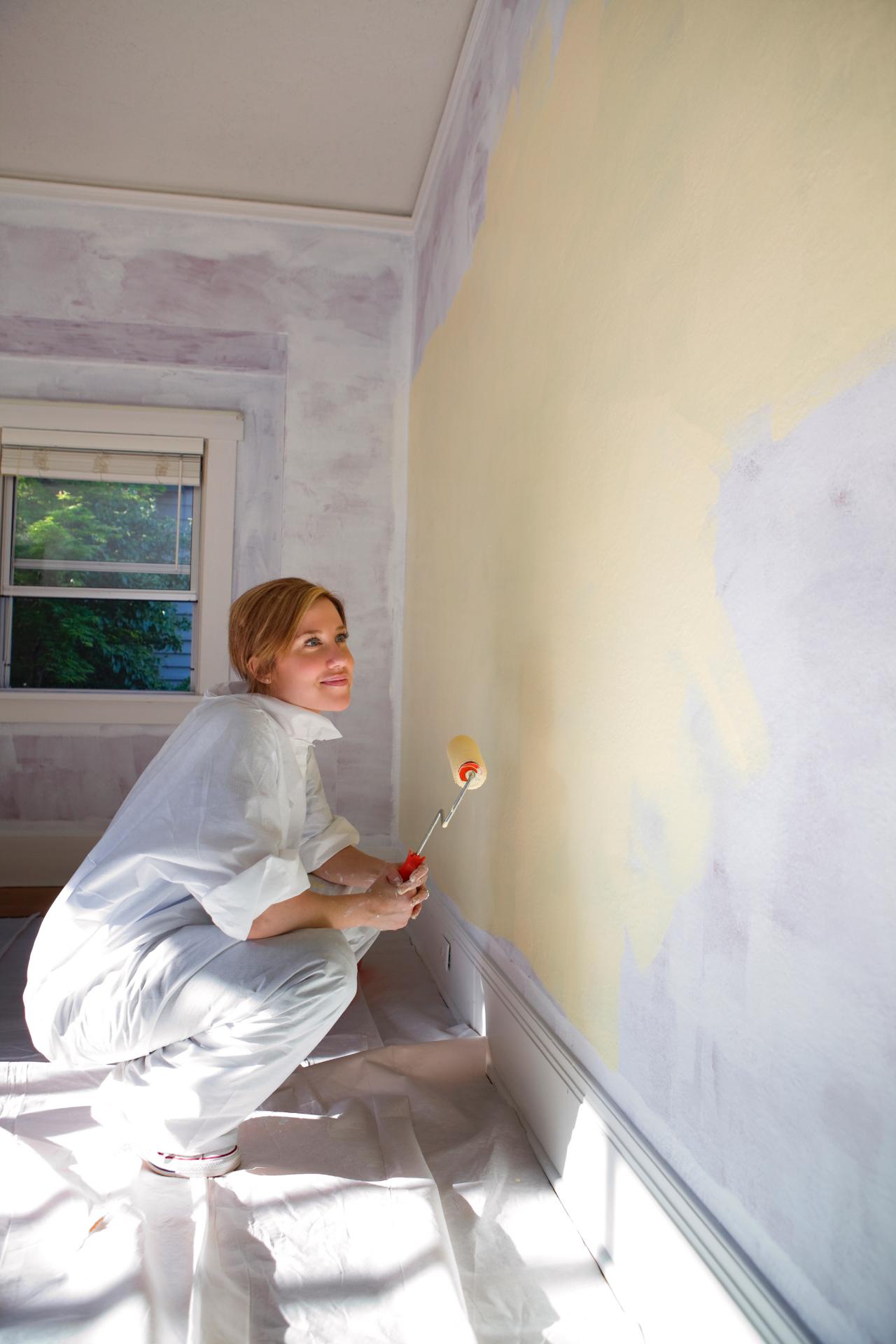

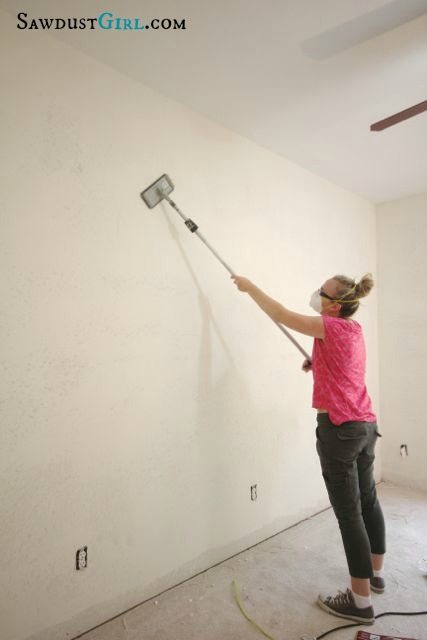

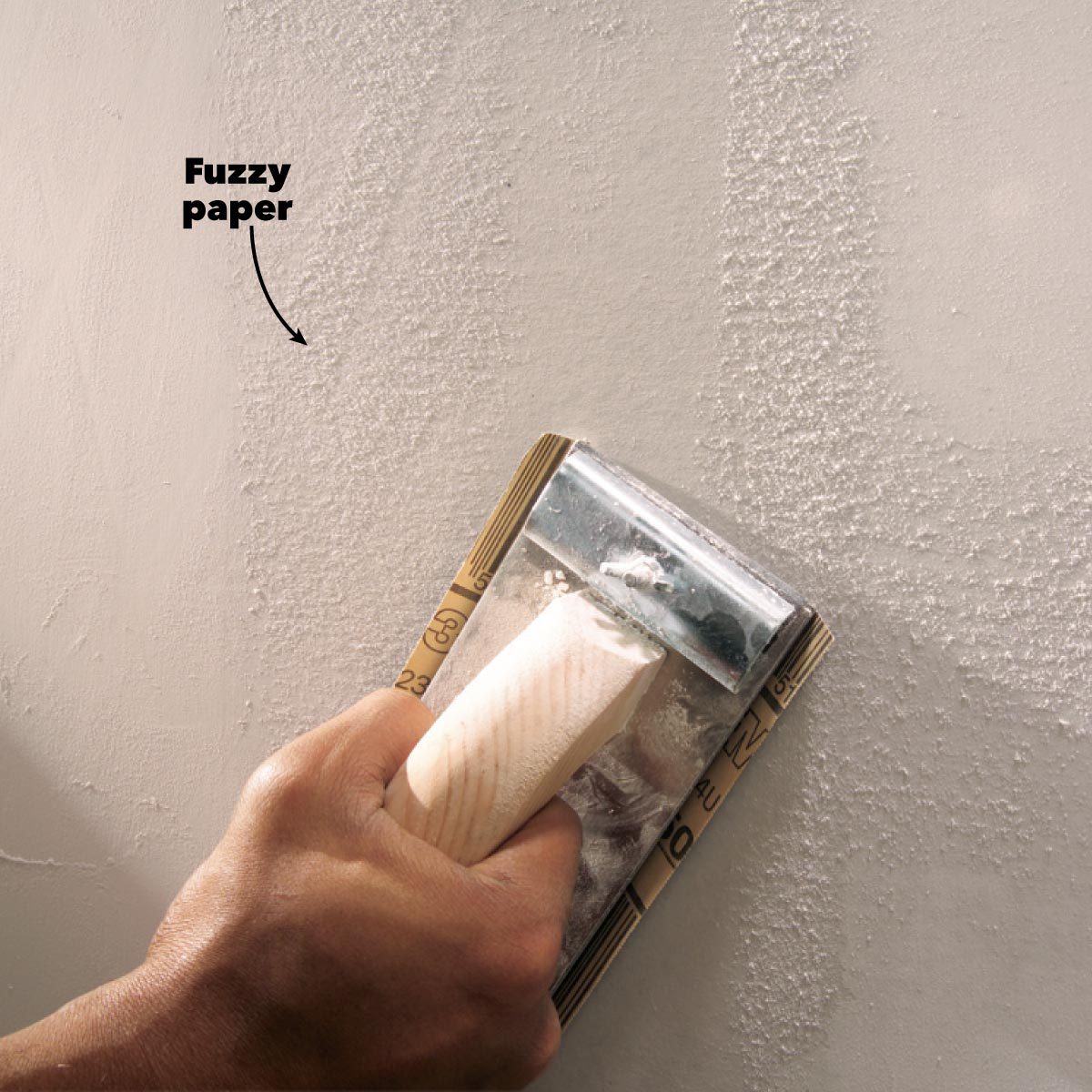
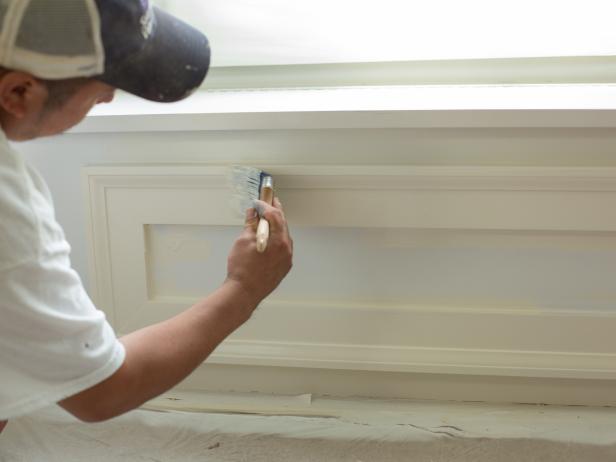




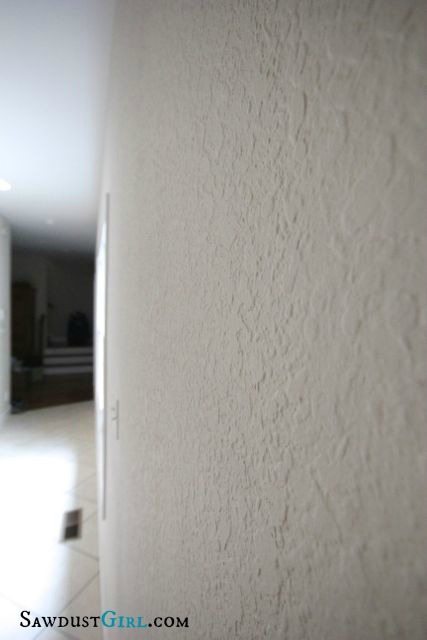
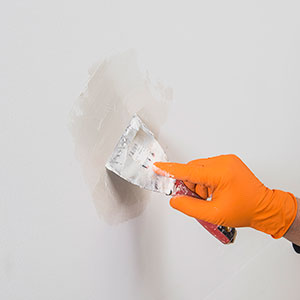


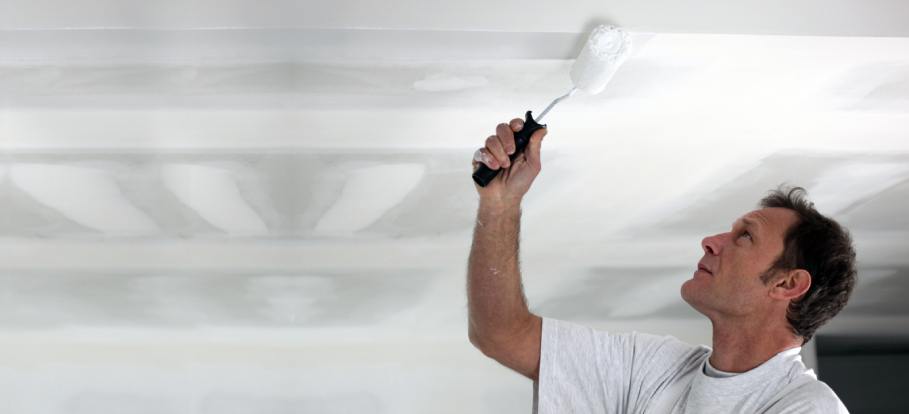
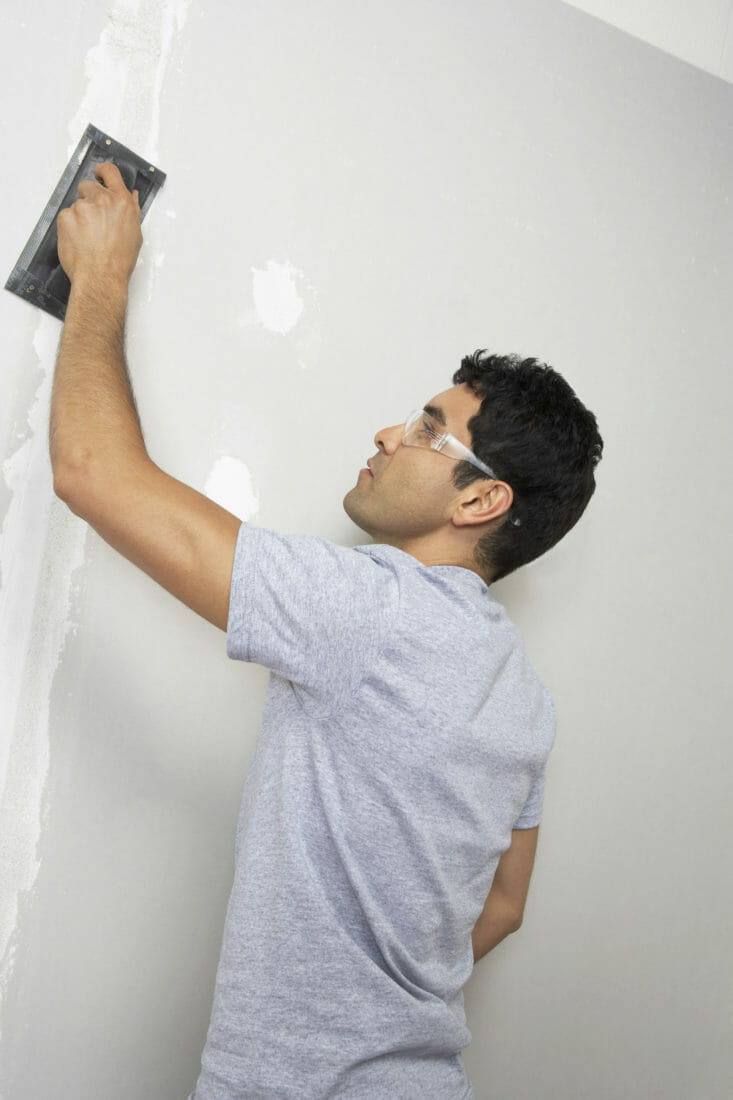

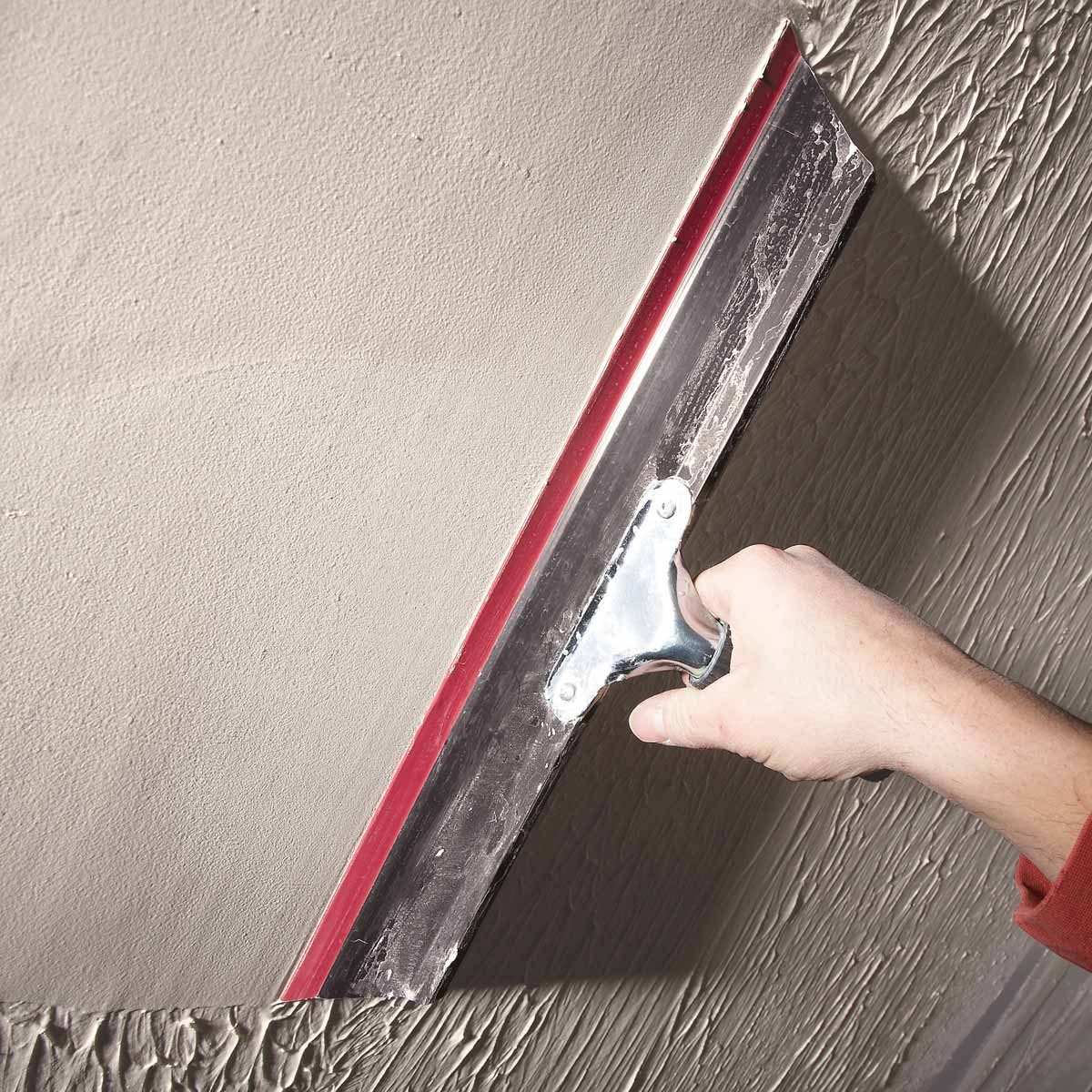


/Repairing-Plaster-Wall-551425343-5723f7705f9b589e34b49dd7.jpg)
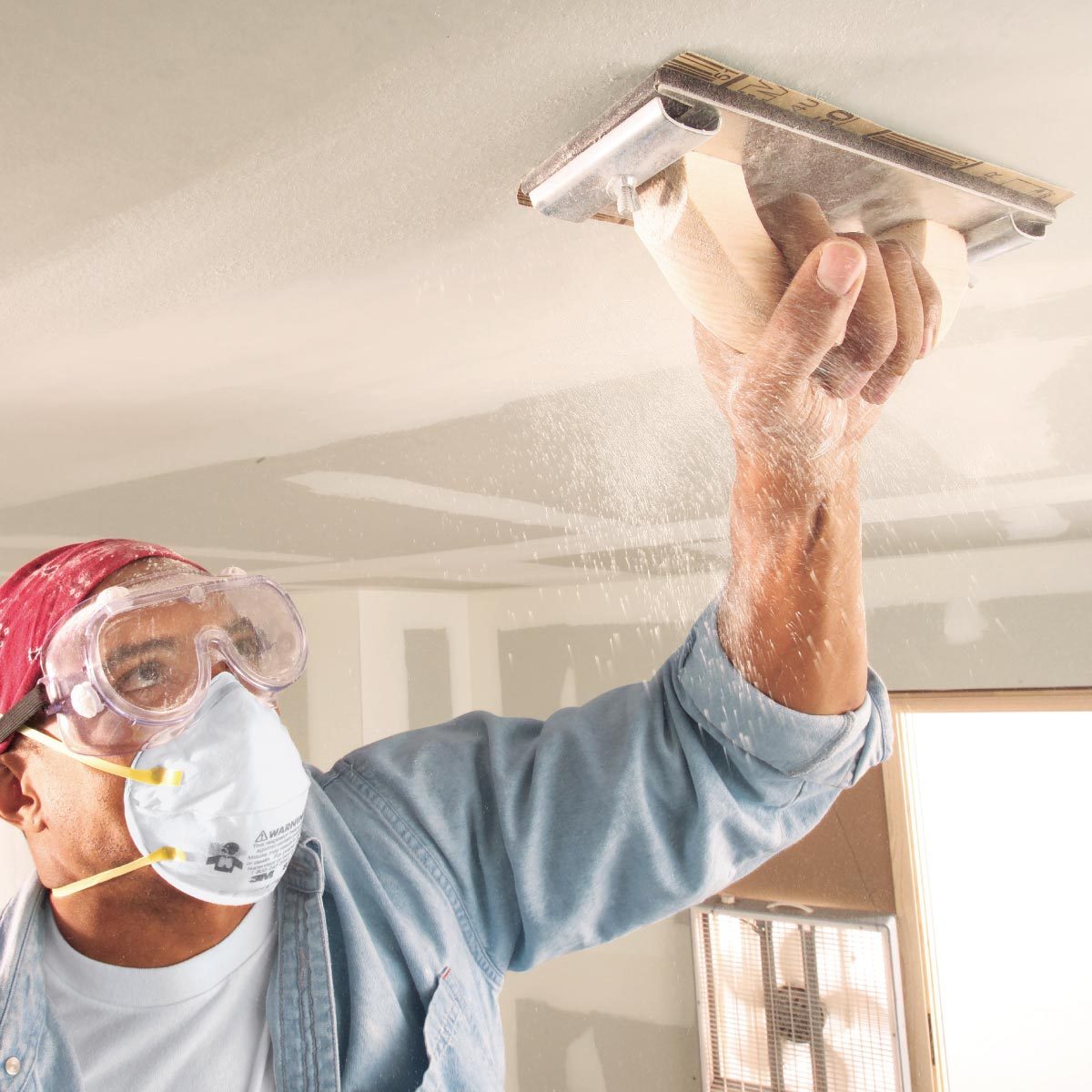

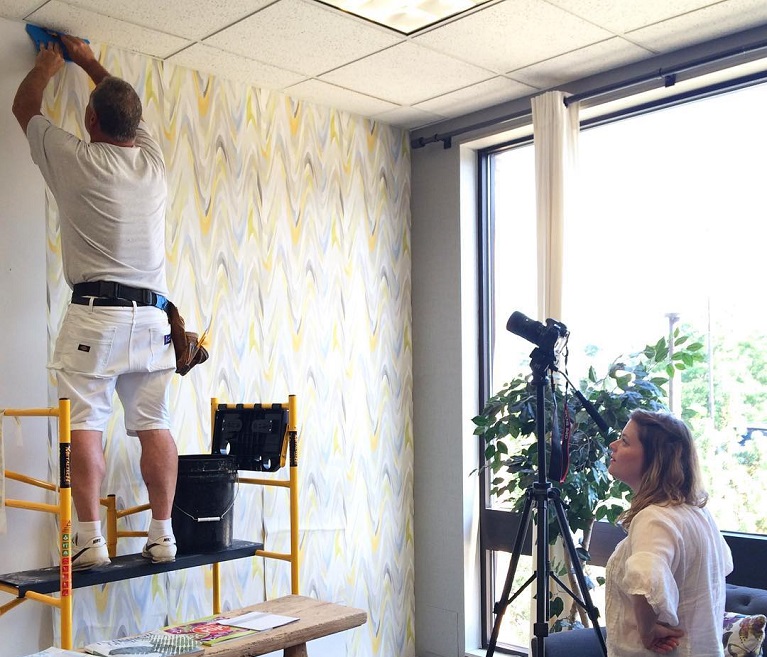

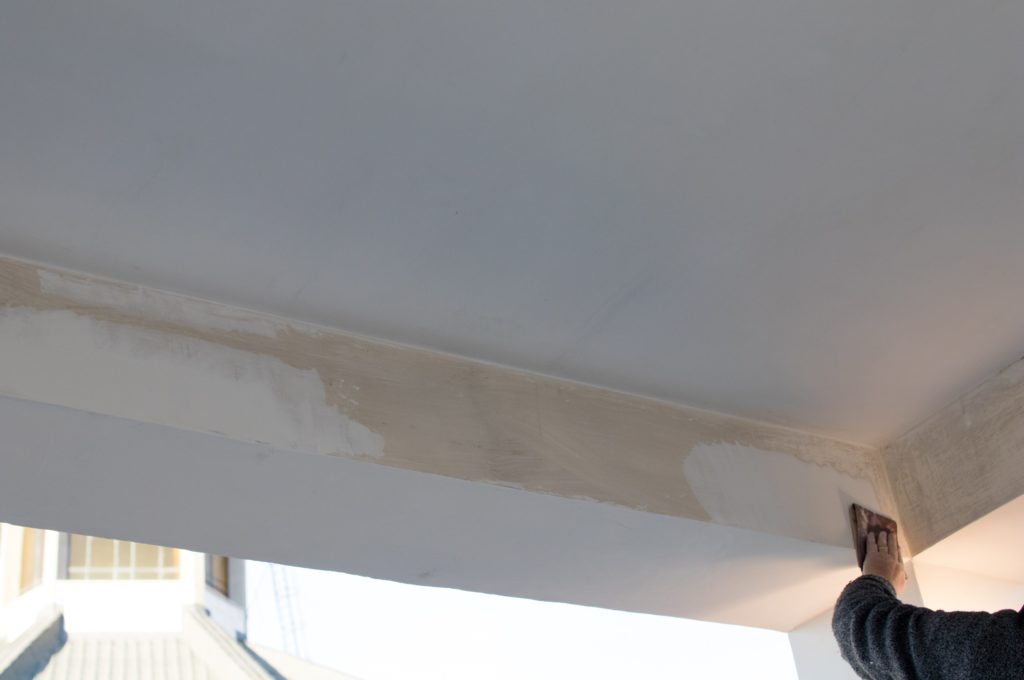



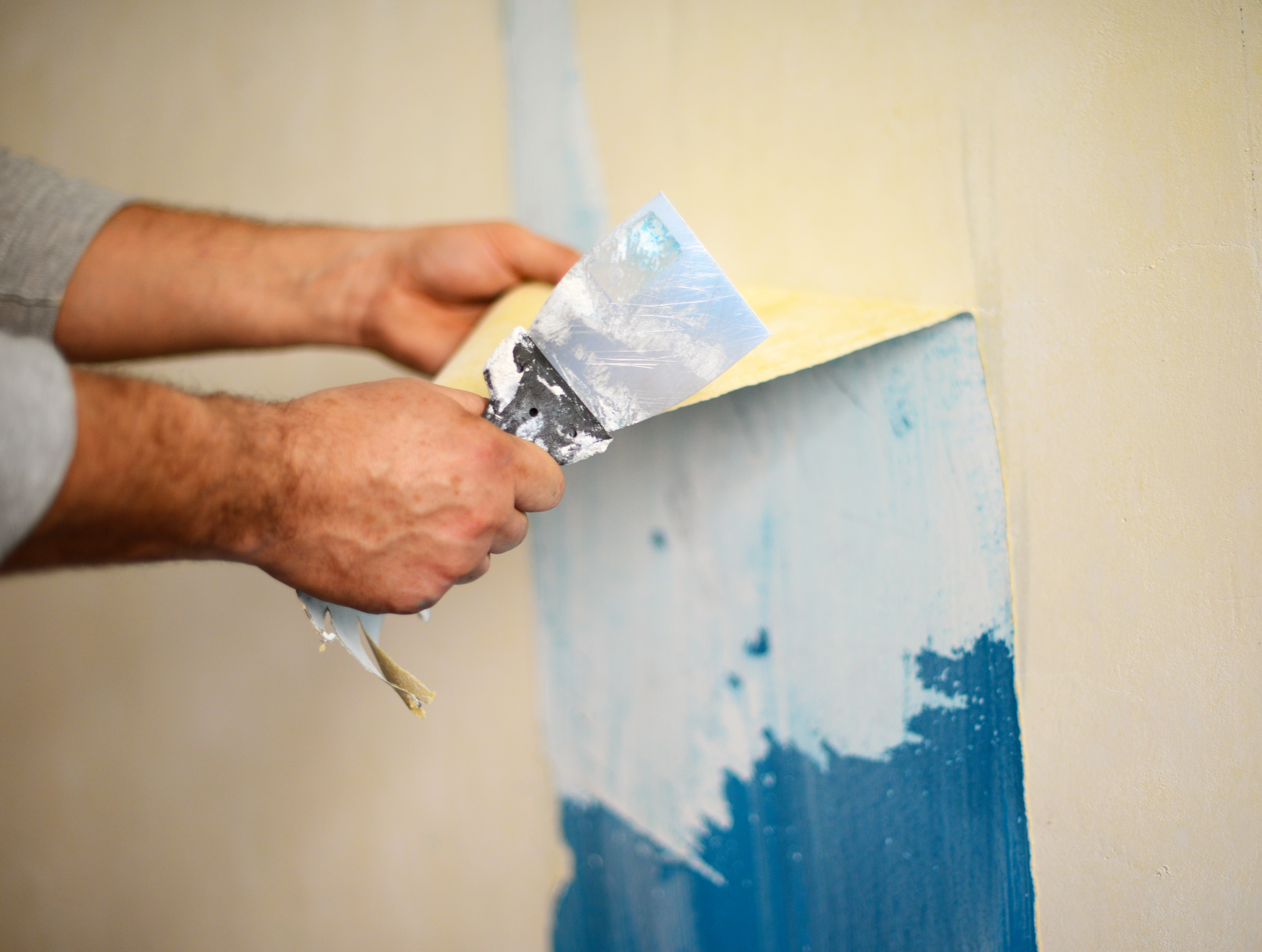

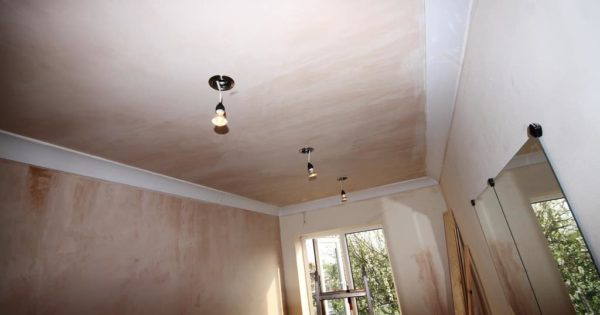


/Drywall-185211843-56a4a14e3df78cf77283533c.jpg)

